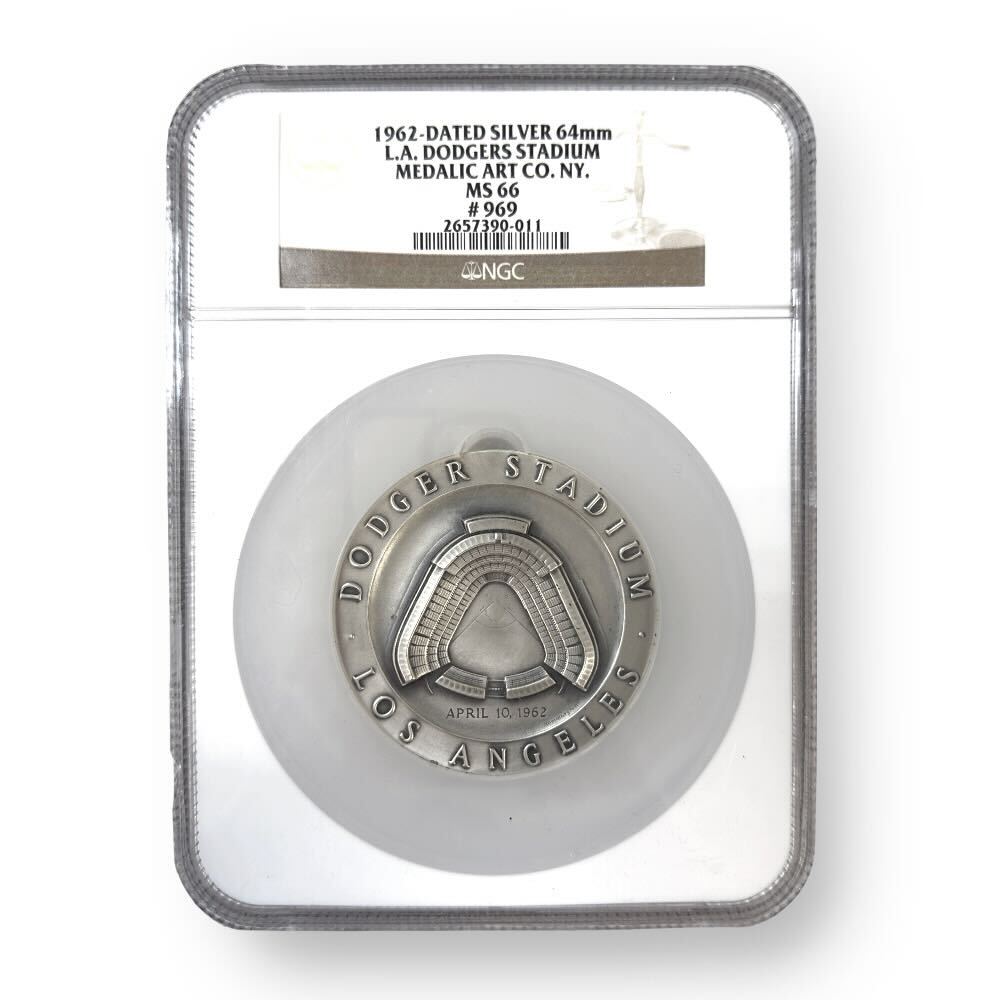- Back to:
- $20 Notes

1865 $20 National Bank Note Troy City NY Charter#640 F15 Legacy
| Qty | Wire/Check | Bitcoin | CC/Paypal |
| Any | $2,495.00 | $2,519.95 | $2,594.80 |
The 1865 $20 National Bank Note from Troy City, New York, bearing Charter #640, is a significant piece of American financial history, encapsulating the evolution of currency during a transformative period in the United States. These notes were part of a larger effort to stabilize and modernize the nation’s banking system post-Civil War, reflecting not only economic conditions but also the artistic trends of the era. As one of the more collectible denominations from the National Banking Era, this note is sought after by both numismatists and historians alike.
The National Bank Note Act of 1863 established a system of national banks that could issue currency backed by U.S. government bonds. This system was created to help finance the Civil War and stabilize the economy. The notes were intended to provide a uniform currency across the nation, replacing the patchwork of state bank notes that had previously circulated. The 1865 $20 note from Troy City was issued by the Troy City National Bank, which was chartered on March 28, 1865. The bank played a vital role in the local economy, providing financial services to businesses and individuals in the area.
As for its design, the 1865 $20 National Bank Note is a remarkable representation of the art and aesthetics of mid-19th century American currency. The front of the note features an ornate border, beautifully detailed with intricate patterns and designs that serve to deter counterfeiting. Prominently displayed in the center is the denomination “20” enclosed within a circular emblem, making it immediately recognizable. The left side of the note features a vignette of a farmer, symbolizing the agrarian roots of America and the country’s economic foundation during that period. On the right side, a portrait of the former Treasury Secretary, Salmon P. Chase, is depicted, reinforcing the link between the currency and the U.S. Treasury. The use of Chase’s image highlights his role in the creation of the modern banking system and the establishment of a national currency.
One of the most interesting aspects of this particular note is the use of the Treasury seal, which is prominently displayed on the left side. The seal features an eagle, a symbol of American strength and freedom, which further emphasizes the nationalistic sentiment that characterized this era. The background features a series of complex patterns and designs, including the use of light blue ink, which was unique to notes issued during this time. These intricate details not only make the note visually appealing but also serve a practical purpose in preventing counterfeiting, which was rampant during the period.
The reverse side of the note is equally impressive, featuring a large, bold “TWENTY” across the center, with additional decorative elements surrounding it. The intricate designs and bold lettering create a sense of depth and detail that exemplifies the craftsmanship of the note. The reverse also includes various vignettes and patterns that reflect the artistry of American currency at the time, further enhancing its historical significance.
In terms of minting and production, the 1865 $20 National Bank Note was produced by the Bureau of Engraving and Printing, which was responsible for all U.S. currency production. Each note was printed on high-quality paper that included a blend of cotton and linen, providing durability and a distinctive feel. The total mintage of this note is difficult to ascertain precisely, as records from the period were not always meticulously kept, but it is estimated that a limited number of notes were printed for the Troy City National Bank, making surviving examples particularly valuable today.
The 1865 $20 National Bank Note from Troy City has become a prized item among collectors due to its historical significance, design elements, and the limited number of notes that were issued. As currency collecting, or numismatics, has grown in popularity, notes from the National Banking Era have garnered increasing attention. Collectors often seek out specific charter numbers, such as Charter #640, to complete their collections, adding to the note’s desirability.
Additionally, the note is classified as a “F15” in the grading scale established by the Professional Coin Grading Service (PCGS), indicating that it is in fine condition, showing moderate wear while still retaining much of its original detail. Notes graded in this condition are typically more accessible for collectors, allowing for a balance between quality and affordability. The note also includes the “Legacy” designation, which signifies its historical context and significance within the field of numismatics.
Overall, the 1865 $20 National Bank Note from Troy City, New York, is not just a piece of currency; it is a testament to a crucial era in American history. Its design, the figures it represents, and the economic context in which it was issued all contribute to its importance. As collectors and historians alike continue to explore the rich tapestry of American currency, this note stands out as a fascinating artifact that captures the spirit of its time.








